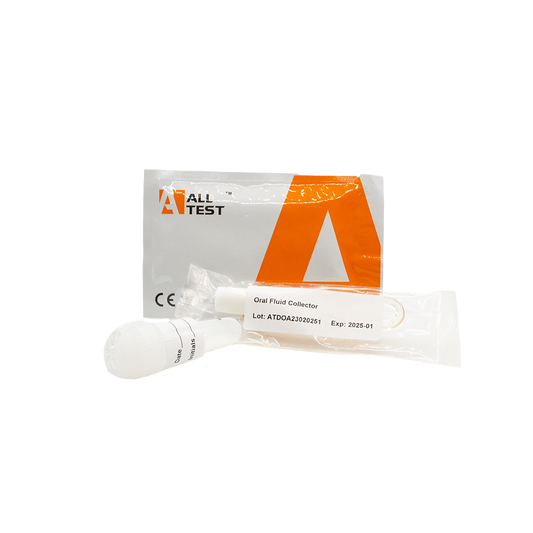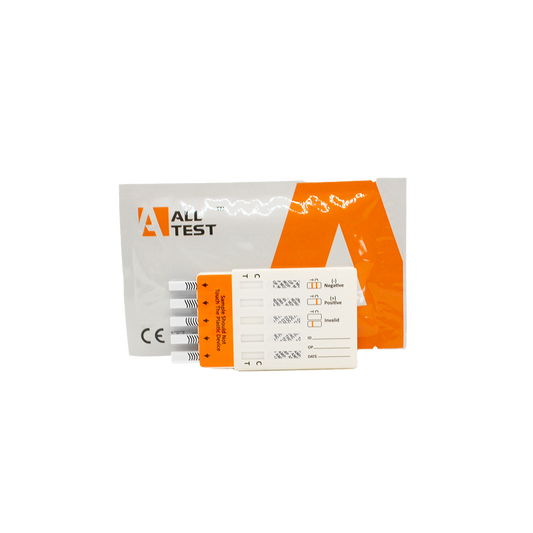The United Kingdom, like many countries, faces significant challenges related to drug trafficking. Despite ongoing efforts by law enforcement and government agencies, the illicit drug trade continues to adapt and evolve. As of 2024, several drugs remain the most commonly trafficked into the UK. This blog will explore these substances, examining their impact and the efforts to combat their distribution.
1. Cocaine
Prevalence and Impact
Cocaine remains one of the most trafficked drugs into the UK. Its high demand, especially in urban areas, drives a significant portion of the drug market. The purity levels of cocaine reaching the UK have been reported to be high, contributing to severe public health issues, including addiction and overdose deaths.
Trafficking Routes
Most cocaine entering the UK originates from South America, particularly Colombia, Peru, and Bolivia. Traffickers use complex networks and multiple routes, including direct shipments across the Atlantic, as well as via mainland Europe. Major ports such as Rotterdam and Antwerp are common entry points before the drugs are smuggled into the UK.
Efforts to Combat Cocaine Trafficking
The UK has intensified its collaboration with international partners, including Europol and Interpol, to intercept shipments and dismantle trafficking networks. Additionally, significant resources are allocated to coastal and border security to detect and prevent drug smuggling.
2. Cannabis
Prevalence and Impact
Cannabis remains highly popular in the UK, with a substantial portion being domestically cultivated. However, a significant amount is also trafficked from abroad. Despite its widespread use and ongoing debates about legalization, cannabis trafficking continues to pose legal and health challenges.
Trafficking Routes
Cannabis is primarily imported from the Netherlands and Spain, where it is often grown in large quantities. It is also trafficked from North Africa, particularly Morocco. The drug is typically smuggled via road and sea routes, hidden among legitimate cargo.
Efforts to Combat Cannabis Trafficking
Law enforcement agencies have increased surveillance and raids on suspected cannabis farms and trafficking operations. There is also a focus on dismantling organized crime groups involved in the large-scale importation and distribution of cannabis.
3. Heroin
Prevalence and Impact
Heroin, derived from opium poppies primarily grown in Afghanistan, continues to be a major issue in the UK. The drug is highly addictive and has a devastating impact on individuals and communities, contributing to a range of social and health problems.
Trafficking Routes
Heroin typically reaches the UK through a complex network of routes, often referred to as the Balkan route. It is transported from Afghanistan through Iran, Turkey, and Southeast Europe before arriving in the UK. Increased efforts to disrupt these routes have led traffickers to seek alternative paths, including via Africa.
Efforts to Combat Heroin Trafficking
The UK works closely with international partners to track and intercept heroin shipments. Enhanced intelligence sharing and joint operations have led to significant seizures and arrests. Domestically, there are also increased efforts to provide support and treatment for individuals struggling with heroin addiction.
4. MDMA (Ecstasy)
Prevalence and Impact
MDMA, commonly known as ecstasy, remains a popular recreational drug, particularly among young people. The UK is one of the largest consumers of MDMA in Europe, with significant quantities trafficked into the country.
Trafficking Routes
MDMA is often produced in clandestine laboratories in the Netherlands and Belgium. It is then trafficked into the UK via road and sea, frequently concealed within legitimate cargo. The dark web and cryptocurrency also play a significant role in the distribution of MDMA.
Efforts to Combat MDMA Trafficking
Law enforcement agencies are focusing on identifying and dismantling production facilities in Europe. In the UK, efforts include increased border controls and targeted operations to intercept shipments. Additionally, there are public health campaigns aimed at educating young people about the risks associated with MDMA use.
5. Synthetic Drugs and New Psychoactive Substances (NPS)
Prevalence and Impact
The rise of synthetic drugs and new psychoactive substances (NPS) presents a growing challenge. These substances are often designed to mimic the effects of traditional drugs while avoiding legal restrictions. They can be highly unpredictable and dangerous.
Trafficking Routes
Synthetic drugs and NPS are often manufactured in Asia, particularly China and India. They are trafficked into the UK via air and sea, sometimes through legitimate postal services. The internet and dark web facilitate their distribution, making enforcement more challenging.
Efforts to Combat Synthetic Drugs and NPS Trafficking
The UK has implemented strict regulations and controls on precursor chemicals used to manufacture synthetic drugs. There are also international efforts to track and shut down online marketplaces selling NPS. Increased collaboration with Asian countries aims to curb the production and export of these substances.




